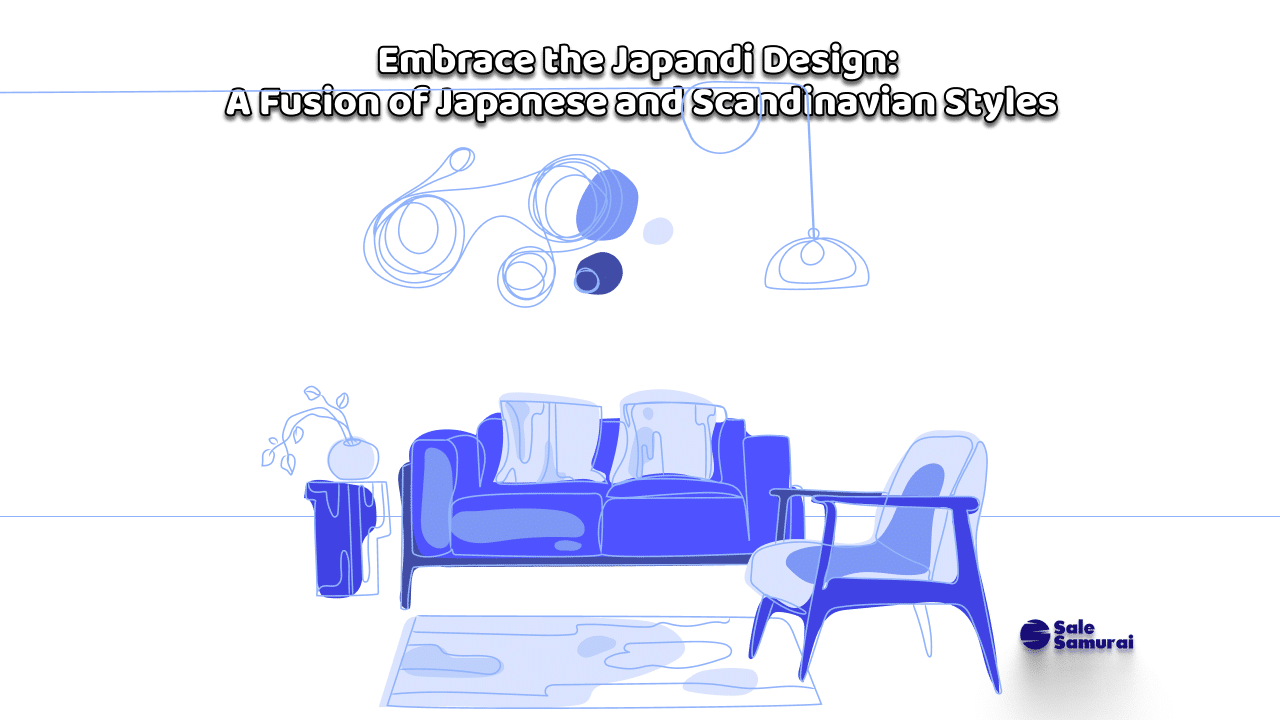
Are you looking to refresh your Etsy shop with a new and trending design style? Let us introduce you to Japandi – a perfect blend of Japanese minimalism and Scandinavian functionality. This hybrid style brings together the best of both worlds, offering a serene, simple, and nature-inspired aesthetic that is gaining popularity in home décor.
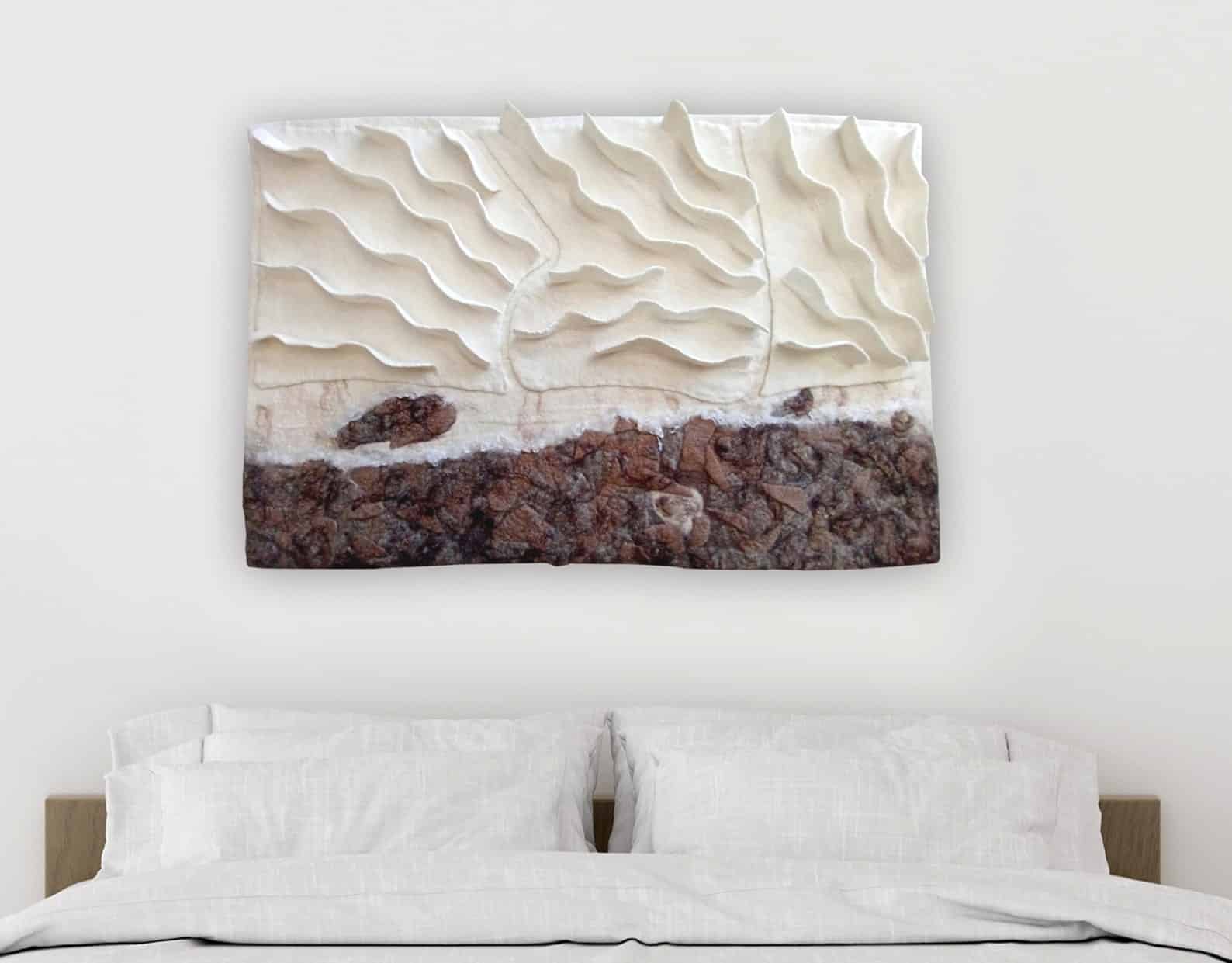
Understanding Japandi
Japandi combines the clean lines and functionality of Scandinavian design with the sleek, minimalistic elegance of Japanese aesthetics. This fusion celebrates the common principles both styles share: simplicity, nature, and craftsmanship. Here’s what makes Japandi so appealing:
- Minimalism with Warmth: The Scandinavian concept of ‘hygge’ (coziness) and the Japanese principle of ‘wabi-sabi’ (beauty in imperfection) merge to create a warm and inviting space that is both functional and aesthetically pleasing.
- Natural Elements: Both styles emphasize natural materials like wood, bamboo, and stone, blending them seamlessly to bring the outdoors inside.
- Functional Beauty: Each piece of furniture or decor in a Japandi space serves a purpose, embodying both beauty and practicality.
Key Elements of Japandi Design
Color Palette:
-
- Scandinavian Influence: Light, airy spaces with whites and pastels.
- Japanese Influence: Richer, darker earth tones like deep browns and greens.
- Combining Both: Use a mix of both palettes to balance light and dark elements, with black used sparingly to add depth and contrast, similar to a single stroke in a Japanese ink painting.
The Japandi color palette is essentially a hybrid between the bright white somewhat cool Scandinavian palette and the traditional Japanese palette which features richer, darker, earthier tones. Since Japandi is all about neutral minimalism, try to stick to this concept by only using three or four colors in your space. Use black mainly as an accent. If you want to bring in more of the Scandinavian side of things, mix in more white and pastels. If you prefer the Japanese aesthetic, you can use the darker earthier tones predominantly.
-
- Black as an Accent: Black is a powerful color that can bring a lot of excitement to an interior. Think of your room as the paper and your black accent element as the single stroke of ink in a Japanese ink painting. This approach keeps the use of black minimalist yet impactful.
Materials and Textures:
-
-
- Wood: Lighter woods like oak and pine (Scandinavian) paired with darker woods like walnut (Japanese).
- Textiles: Natural fibers such as cotton, linen, and wool add softness and warmth.
- Accent Materials: Incorporate bamboo, terracotta, and rattan for additional texture and a touch of nature.
-
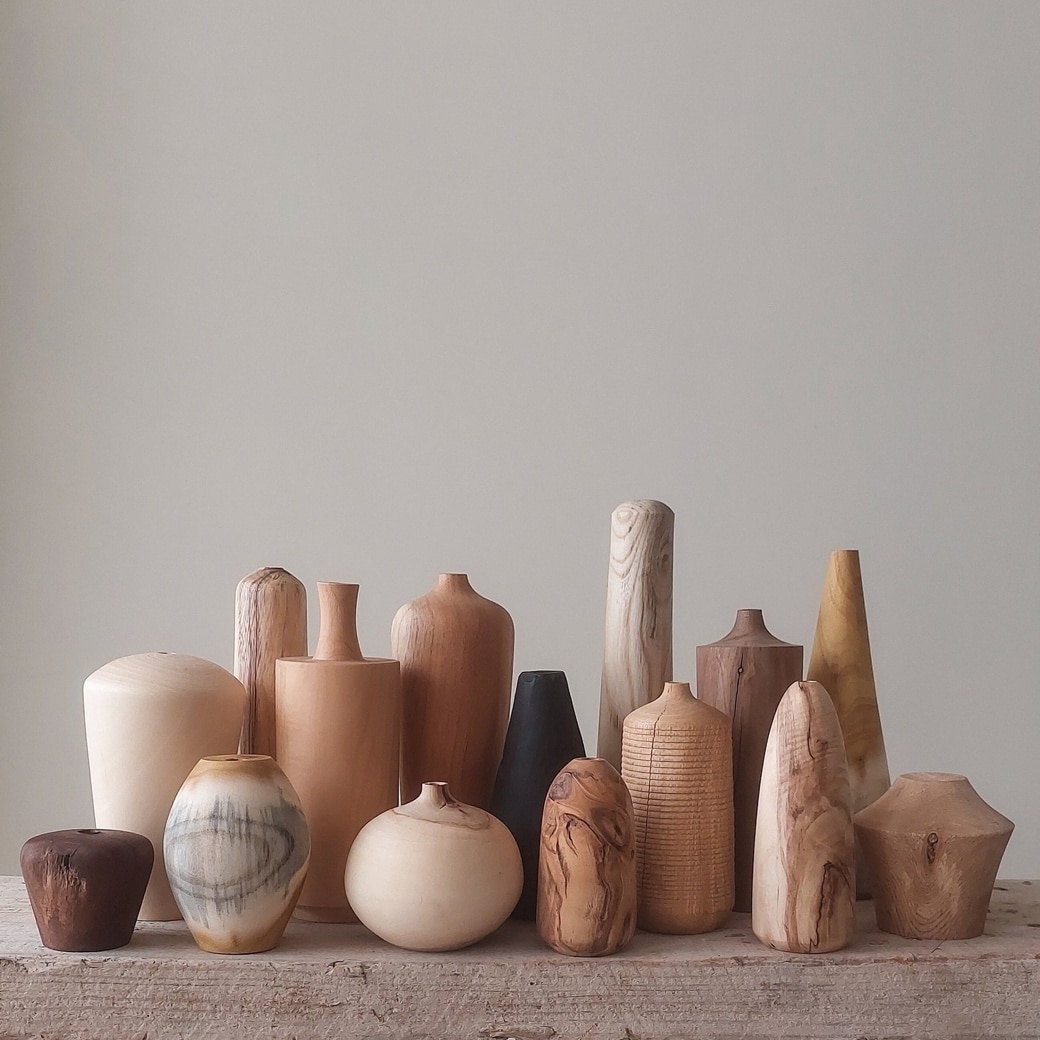
Japandi interiors often feature organic materials such as wood and bamboo. Incorporating neutral yet warm colors further emphasizes the natural feel. For the walls, both Scandinavian and Japanese interiors often use white paint. While this might sound boring, remember that this is a minimalist design style. The Scandinavians use white paint on their walls to maximize bright light bouncing around their rooms. In Japanese interiors, white walls serve as a backdrop for all the wood used. Some designers recommend warm white walls for Japandi interiors, while others suggest dark walls. Both can work, depending on the look you are going for. If you use dark walls, ensure that the colors are natural, dark, earthy, and muted tones. Balance dark walls with lighter elements in the room.
Decluttering and Organization:
-
- Quality over Quantity: Focus on a few meaningful and functional items rather than filling the space with unnecessary decor.
- Embrace Denshari: The Japanese concept of ridding oneself of items that cause clutter or negative energy, keeping only what is truly necessary and joyful.
Japandi celebrates the concept of Denshari, which means ridding yourself of items that weigh you down or create negative energy. Keep only things that truly serve a purpose or have meaning to you. This brings us to decluttering. Decluttering is especially important if you’re trying to embrace a minimalist style like Japandi. With Japandi, it’s essential to embrace a quality-over-quantity approach to the items in your home.
Indoor-Outdoor Connection:
Both Scandinavian and Japanese designs often incorporate nature-inspired elements, such as greenery. Adding a vibrant green houseplant is a great way to introduce a natural element into a Japandi space. Remember, Japandi spaces typically do not feature bright pops of color. If you love color, you might have a hard time fully embracing Japandi. However, you can integrate pops of color through basic shapes and simple lines. A natural element, like a vibrant green houseplant, is often the best type of color pop for a Japandi space.
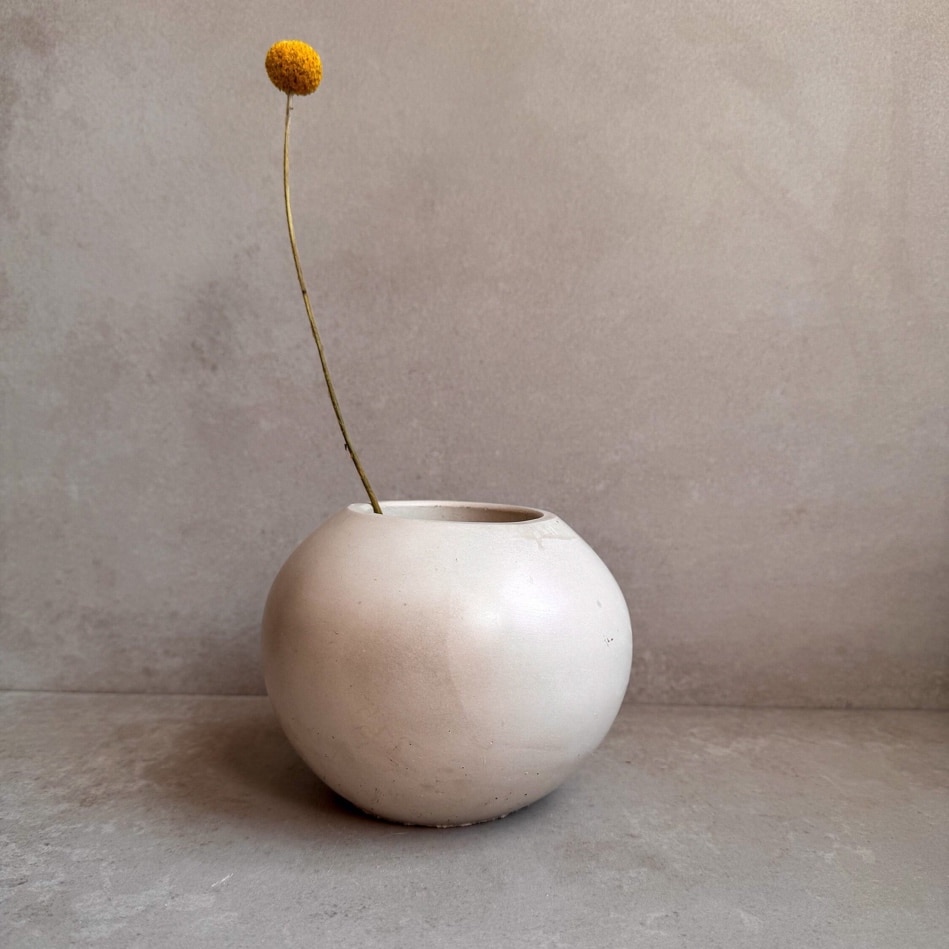
Practical Tips for Your Japandi-Inspired Etsy Shop
- Color Coordination:
- Stick to a palette of three or four colors, primarily neutrals.
- Use black as an accent to ground the space and add visual interest.
- High-Quality Images:
- Invest in high-quality, well-lit photos to showcase your products. Use natural light and minimalist backgrounds to emphasize the simplicity and elegance of your items.
- Sustainable and Natural Materials:
- Highlight products made from natural materials such as wood, bamboo, and linen. Emphasize the craftsmanship and sustainable aspects of your pieces.
- Handmade and Unique Items:
- Promote handmade ceramics, wooden furniture, and textile items. The uniqueness and imperfections of handmade products align perfectly with the Japandi aesthetic.
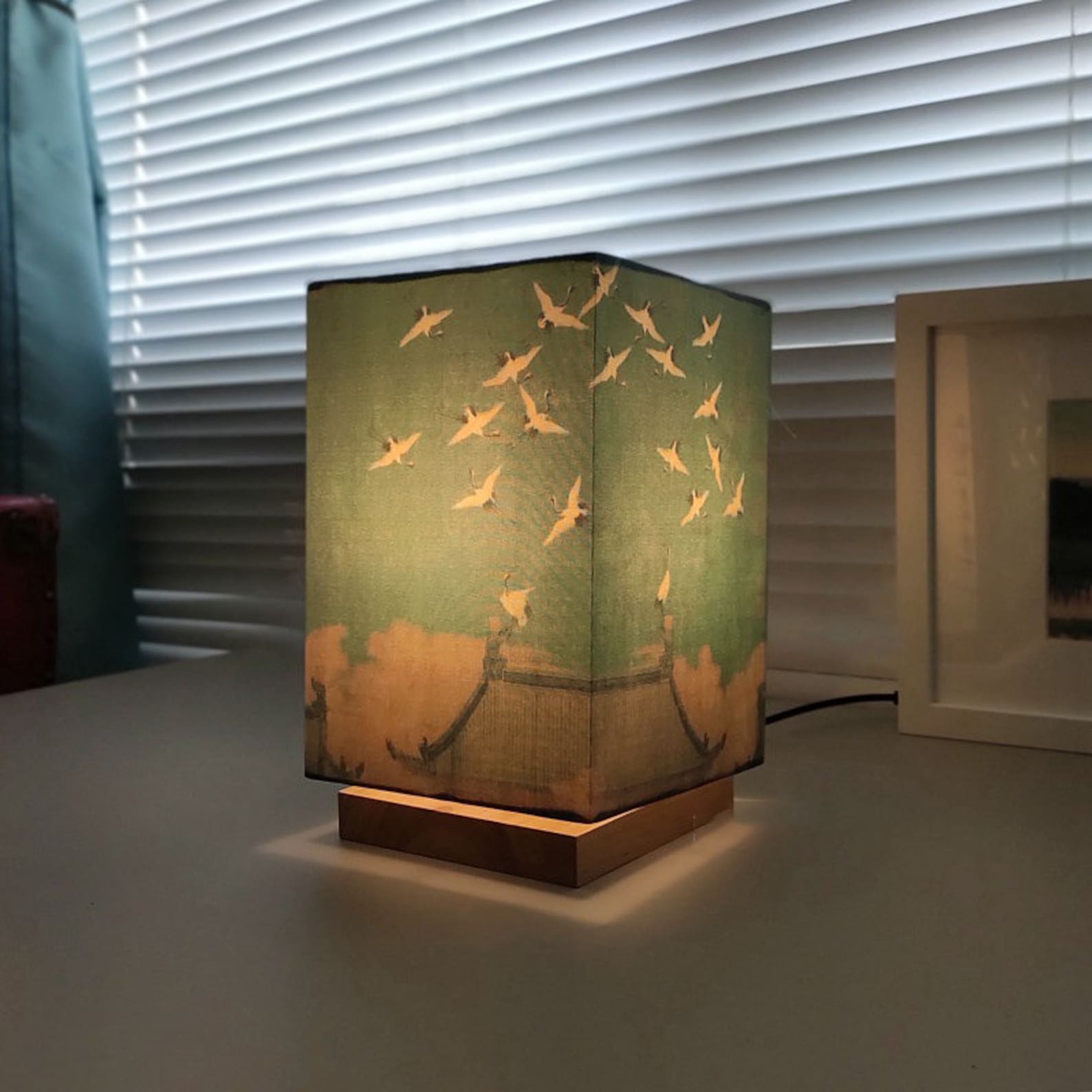
Customer Reviews and Testimonials:
-
- Encourage your buyers to leave reviews and share photos of how they’ve incorporated your items into their Japandi-style homes. Positive feedback builds trust and showcases your products in real-life settings.
Simplified Listings:
-
- Keep your product descriptions clear and concise, focusing on the functionality and beauty of each item. Use bullet points for easy readability and highlight the natural materials used.
In-Depth Look at Japandi Decor Elements
Patterns and Textures:
-
- Incorporate subtle patterns through textiles or artwork. Traditional Japanese patterns can add a touch of authenticity without overwhelming the minimalist aesthetic.
- Consider adding texture to your walls with lime-washed walls, wood slat walls, or even exposed concrete. Wood slat walls, in particular, can create visual and architectural interest and are relatively simple to DIY.
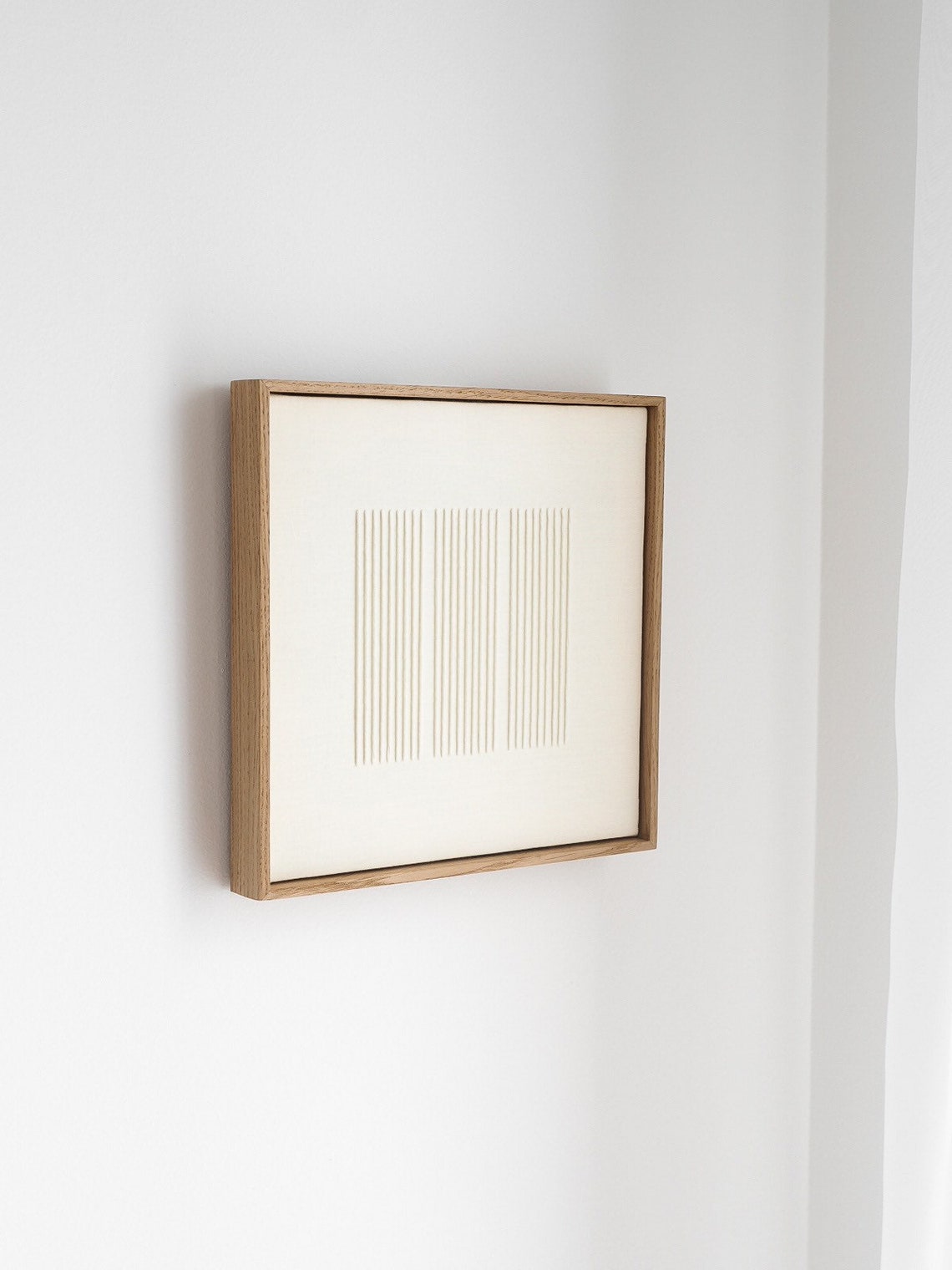
Accent Pieces and Decor:
-
- Use shoji screens as a creative starting point, not just as room dividers but perhaps as a headboard or other unique element.
- Integrate simple, handcrafted decor items such as bamboo bowls, woven rugs, and paper lanterns. These add texture and warmth without cluttering the space.
- Display framed drawings, sketches of natural elements, or simple abstract art to add personality while maintaining the minimalist feel.
Lighting:
-
- Use natural light as much as possible, complemented by simple, elegant light fixtures. Matte black metal lamps or picture frames can add a modern edge and balance the warmth of natural materials.
- Consider using paper lanterns or bamboo lamps to enhance the serene and natural ambiance of the space.
Leveraging Sale Samurai for Your Japandi Strategy
To effectively incorporate Japandi into your Etsy shop, leverage the powerful tools provided by Sale Samurai:
- Keyword Optimization: Find high-volume, low-competition keywords that reflect Japandi style. Use these in your titles, tags, and descriptions to increase visibility.
- Competitor Analysis: Study top-selling Japandi-inspired shops to understand their strategies and identify gaps you can fill.
- Listing Creator: Ensure your listings are fully optimized with the right keywords, high-quality images, and detailed descriptions.
- Chrome Extension: Get real-time insights directly on Etsy, helping you make informed decisions without switching between tabs.
Armed with a thorough knowledge of the Japandi design trend and the resources of Sale Samurai, you’ll be set for success!





